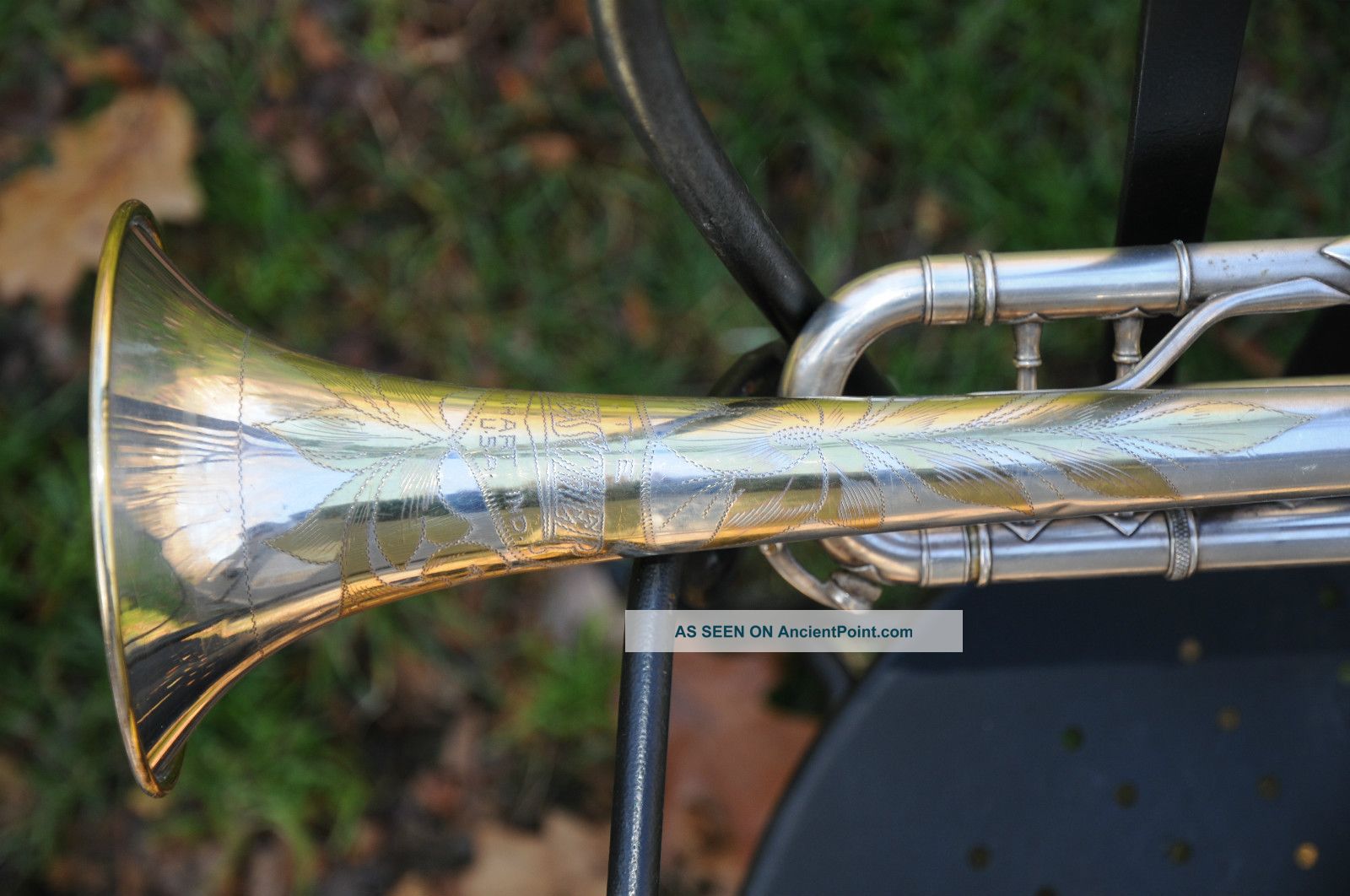

Just wondering if there is a difference of if they are the same. In case any of you were dying to know what the differences between the Bundy and the Bundy II were, I came across this interesting piece of trivia courtesy of Saxquest’s Forum:ĭifference between Selmer Bundy and Selmer Bundy II? The bell keys of a Bundy tenor with a red painted-on logo: The bell to body brace on a Bundy II tenor: To get back to this page, just use your back button on your browser.
#1918 buescher true tone trumpet value full
Just a note for my less technologically savvy readers: Many of these files are actually quite large, so if you really would like to experience the full visual trip down memory lane, you can click on the individual pictures, and then magnify them again by further clicking on them. So for a period of nearly 60 years, Bundy was a name synonymous with student model saxophones.ĭepending on your age, and the age of the saxophone you or your band-mate might have played, the Bundy you remember might look something like this… The Bundy brand was dropped by Selmer US during the 1990s. Selmer’s US-made Bundy instruments are not well regarded.

After Selmer bought Bach in 1961 and Buescher in 1963 it attempted to absorb some elements from these two companies’ instruments into the line of student Bundy-brand instruments, leaning on Bach for the trumpets and brass and on Buescher for the saxophones. In around 1930, Bundy began marketing a subsidiary brand of Selmer USA instruments under his own name.Īccording to The Sax & Brass Boo k: saxo phones, trumpets and tro mbones in jazz, rock and pop:Īt first the Bundy line consisted of items imported into the US from various sources, some of good quality, but later Selmer made their own Bundy instruments in the US. The Bundy line of musical instruments owe their name to a Selmer employee by the name of George Bundy, who in 1918, had taken over the Selmer USA business when Alexandre Selmer returned to Paris.

They were, arguably, the most popular student model saxophone brand until they were toppled from their throne by Yamaha. I’m not sure that there is a sax player, current or former, over the age of 30, who hasn’t at one time in his or her musical life, either played a Bundy, or sat next to someone, who played a Bundy saxophone.īundy, and then their slightly less popular successors, the Bundy II, were staples in most bandrooms in North America for decades.


 0 kommentar(er)
0 kommentar(er)
